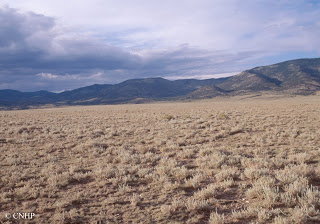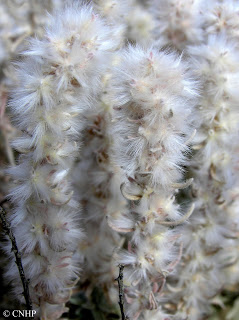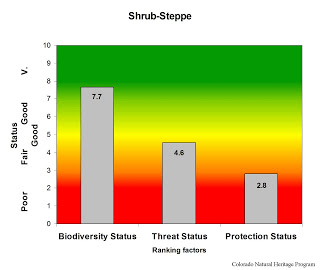
The term steppe generally refers to a treeless, grassy plain. In Colorado, these semi-arid shrubby grasslands are found between 7,500 and 9,500 feet in elevation, on windswept mesas, valley floors, gentle slopes, or shoulders of ridges. Our shrub-steppes are grass dominated areas with an open shrub layer. Typical grass species include blue grama, needle-and-thread, galleta, saltgrass, Indian rice grass, and alkali sacaton. Historically, the shrub layer was dominated by winterfat, but this species has decreased under pressure from domestic livestock grazing in many areas, and been replaced by rabbitbrush species and other woody shrubs. In Colorado, this system is generally a large-patch type, except in the San Luis Valley, where it can be matrix forming. The general aspect of occurrences may be either open shrubland with patchy grasses or patchy open herbaceous layer. Pinyon-juniper woodlands and sagebrush shrublands commonly are adjacent to this system at the upper elevations.

These shrub-steppes provide habitat for many shrubland birds and small mammals. Typical species include the sage thrasher, vesper sparrow, Gunnison’s prairie dog, Ord’s kangaroo rat, and northern grasshopper mouse. In the San Luis Valley, rare local subspecies of the silky pocket mouse and northern pocket gopher, as well as the rare plant species Weber’s cryptantha and James’s cryptantha, are found in these habitats.
Shrub steppe currently covers more than 750,000 acres in Colorado. Historically it probably accounted for well over a million acres, but many of these areas have been converted to agricultural use. Remaining areas are generally in good condition, except for altered species composition. About half of our acreage is on privately owned lands, with the remainder primarily on federal land managed by the Bureau of Land Management, National Park Service, or US Fish and Wildlife Service. Few occurrances are within protected areas. Solar energy development, and continued alteration by domestic livestock grazing are the primary threats to this system.






